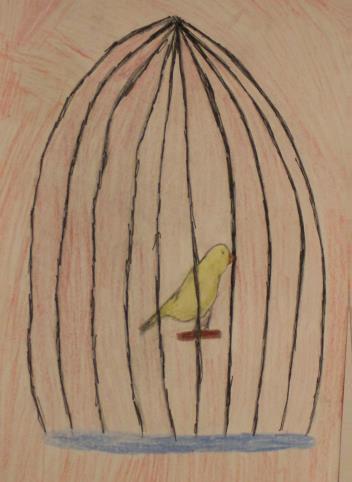Hvem får være musikkelev? – kunstdidaktisk eller terapeutisk ståsted
DOI:
https://doi.org/10.7577/if.v4i2.1542Abstract
In this article we present the findings of the research project “the music of possibilities”, in describing the current state of participation in music education by disabled people. The reasons why disabled students or pupils are referred to music therapy is also discussed. We then describe the possibilities and challenges that face students, music teachers, mainstream and music schools, when they are aiming at a more inclusive music education. These findings clearly show that it is important for inclusion, as well as the development of the student, that an art didactics perspective aimed at music education should determine the way education is conducted and its goals and content, rather than a therapeutic approach. To provide all students with an instrument they can play can be seen as a challenge. However, using assistive music technology as an instrument this challenge can be transformed into new systems and playing techniques, which can be trialed and explored through working with music students. Enabling more people to express themselves musically can be seen as a democratic process, both in the music classroom and in wider society. However, if we want to open up these musical opportunities for more people, we have found there is a great need for specialist knowledge at all levels of the educational system.

Downloads
Published
How to Cite
Issue
Section
License
Authors who publish with this journal agree to the following terms:
- Authors retain copyright and grant the journal right of first publication with the work simultaneously licensed under a Creative Commons Attribution License that allows others to share the work with an acknowledgement of the work's authorship and initial publication in this journal.
- Authors are able to enter into separate, additional contractual arrangements for the non-exclusive distribution of the journal's published version of the work (e.g., post it to an institutional repository or publish it in a book), with an acknowledgement of its initial publication in this journal.
- Authors are permitted and encouraged to post their work online (e.g., in institutional repositories or on their website) prior to and during the submission process, as it can lead to productive exchanges, as well as earlier and greater citation of published work (See The Effect of Open Access).